The next TOPAS user meeting will be at FRPT
Are you attending the FRPT meeting? Then come join us for the next TOPAS user meeting. Details to follow.
What is OpenTOPAS ?
The NIH-funded TOPAS project made radiation therapy simulations using the Monte Carlo method easily accessible
for the radiotherapy community. The code has been released previously as open source. This repository brings TOPAS to a new,
open release stage, called OpenTOPAS.
OpenTOPAS wraps and extends the Geant4 Simulation Toolkit
to provide an easier-to-use application for the medical physicist.
OpenTOPAS’s unique parameter control system lets you assemble and control a rich library of simulation objects (geometry components,
particle sources, scorers, etc.) with no need to write C++ code and without knowledge of the underlying Geant4 Simulation Toolkit.
Please visit our User guide for mode details.
OpenTOPAS basic concepts were originally created out of an NIH-funded collaboration of Massachusetts General Hospital, University
of California San Francisco, and SLAC National Accelerator Laboratory for the development of the TOPAS software. The current collaboration
between University of California San Francisco and Massachusetts General Hospital continues to support and develop TOPAS under the name of
OpenTOPAS since 2024.
OpenTOPAS is designed for simulation of medical applications of ionizing radiation with the Monte Carlo method. The free availability of OpenTOPAS
is intended to aid and stimulate research by medical physicists, radiobiologists, and clinicians with emphasis on all modalities of radiotherapy.
We recommend new users look at the key publications to explore its potential.
OpenTOPAS is fully open-access. Advanced users remain free to implement their own simulation objects in C++ code, and add them to
OpenTOPAS via fork mechanism. While user-written extensions benefit from underlying functionality of OpenTOPAS base classes and
the OpenTOPAS parameter system, they can exploit the full flexibility of Geant4.
Applications
- Proton therapy and conventional radiotherapy

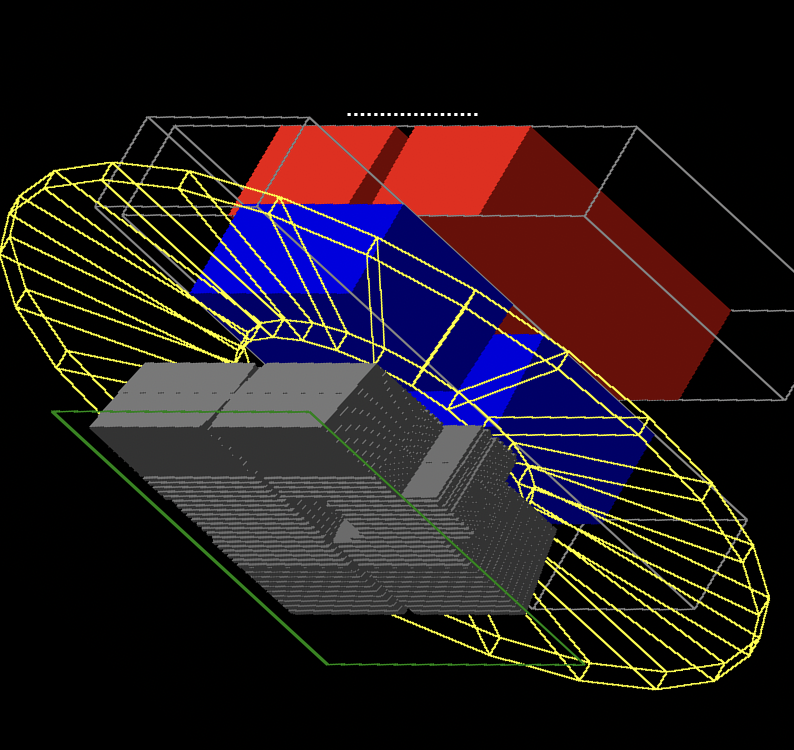
- Radiology and optical photon transport
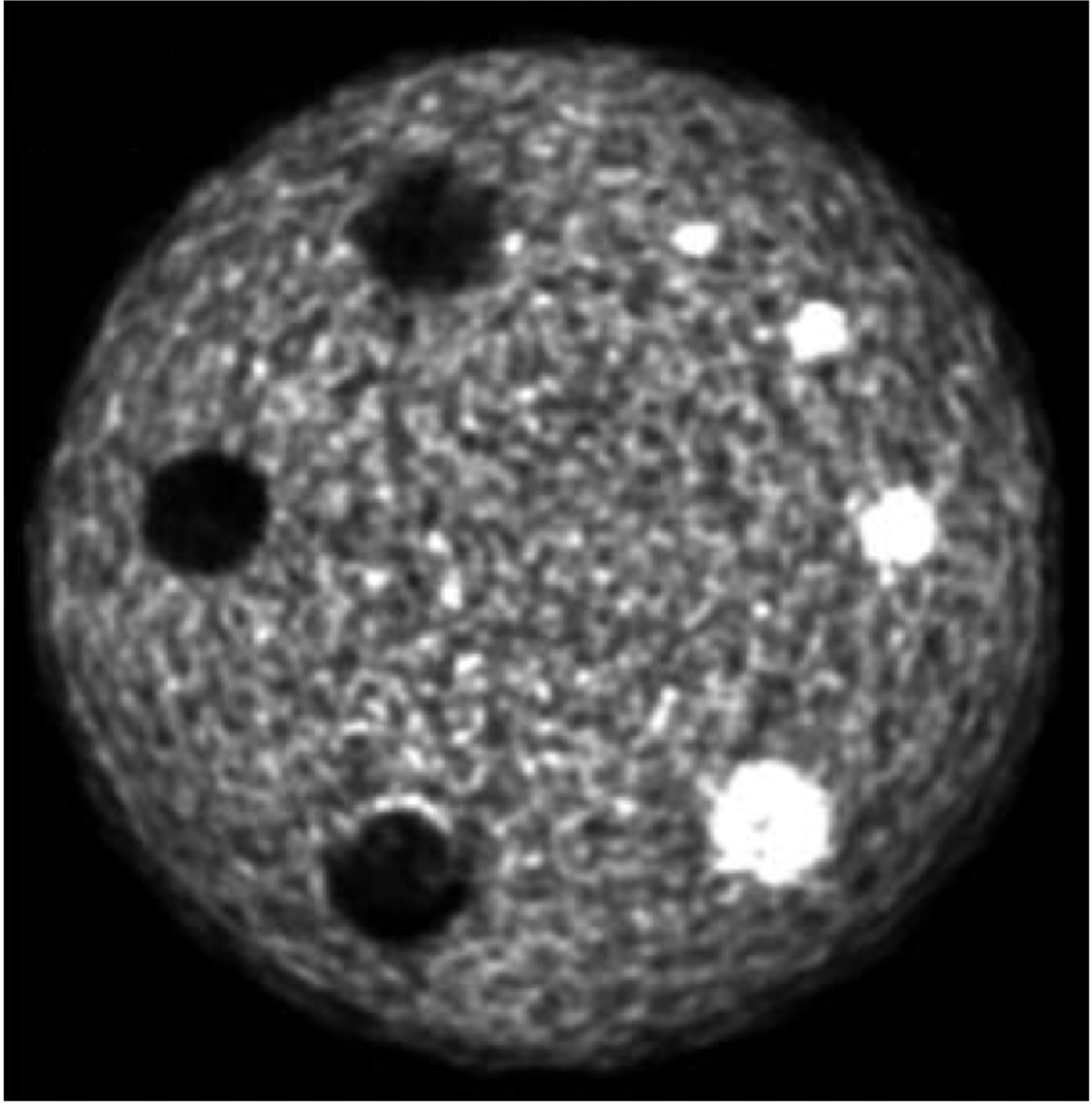
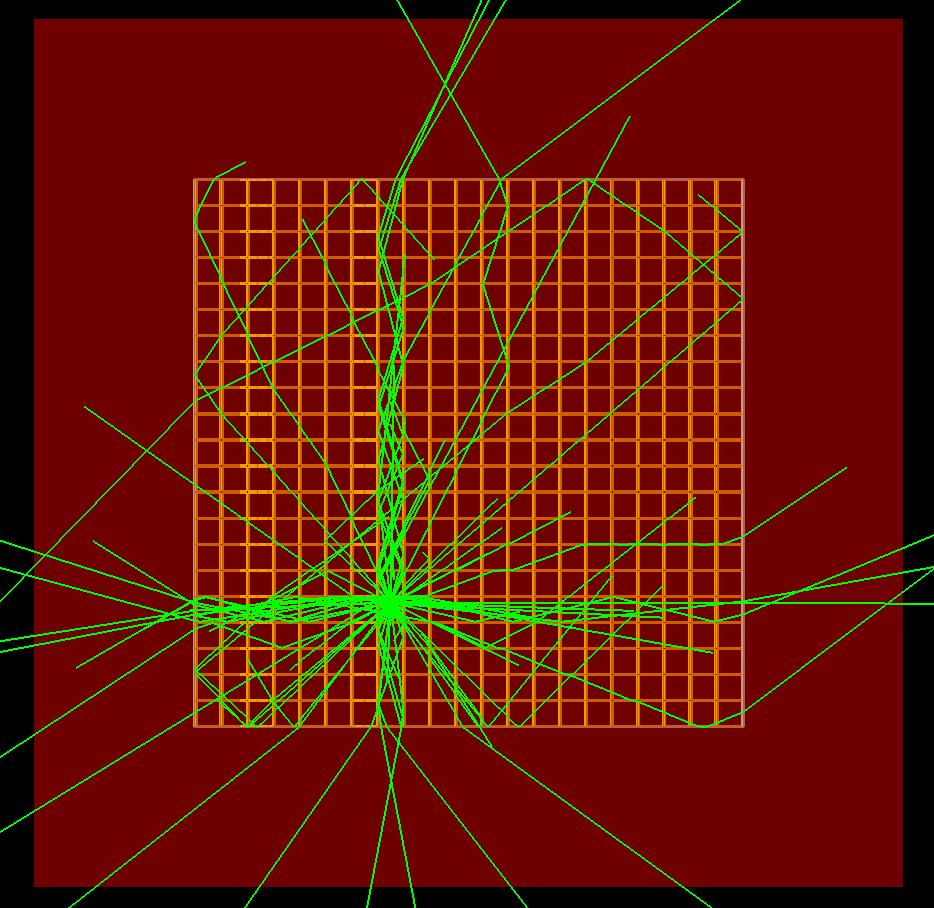
- Brachytherapy and absorbed dose in DICOM-CT
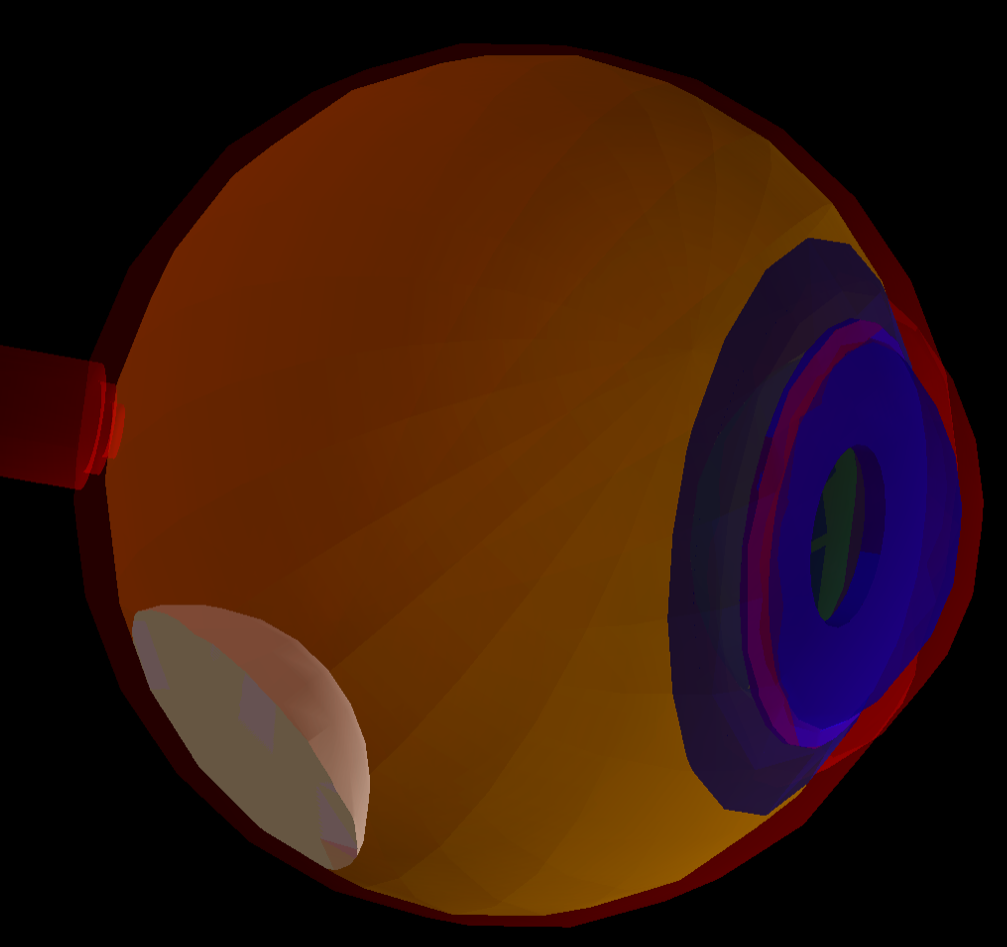
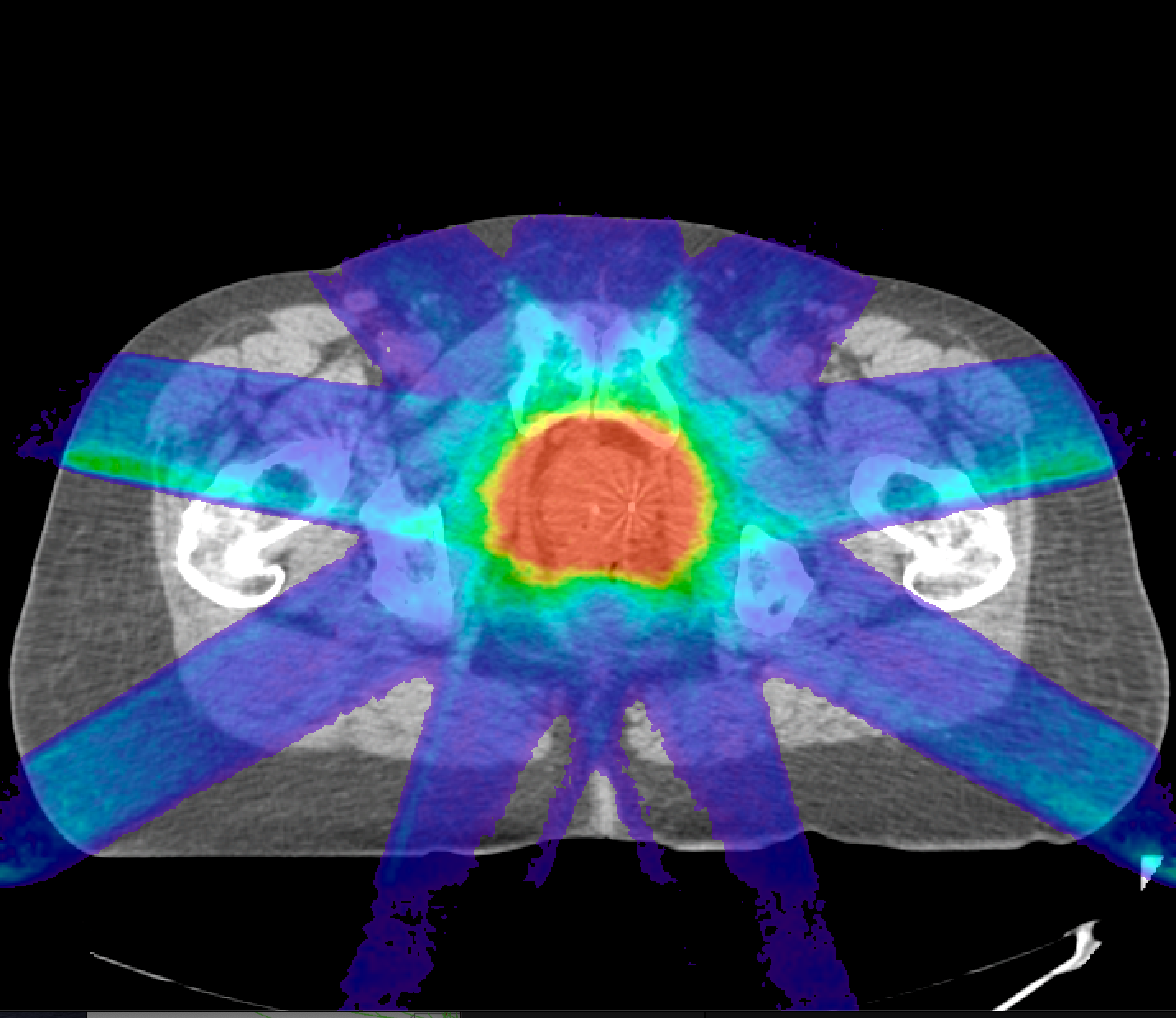
- Transport throught magnetic fields and radiation detectors
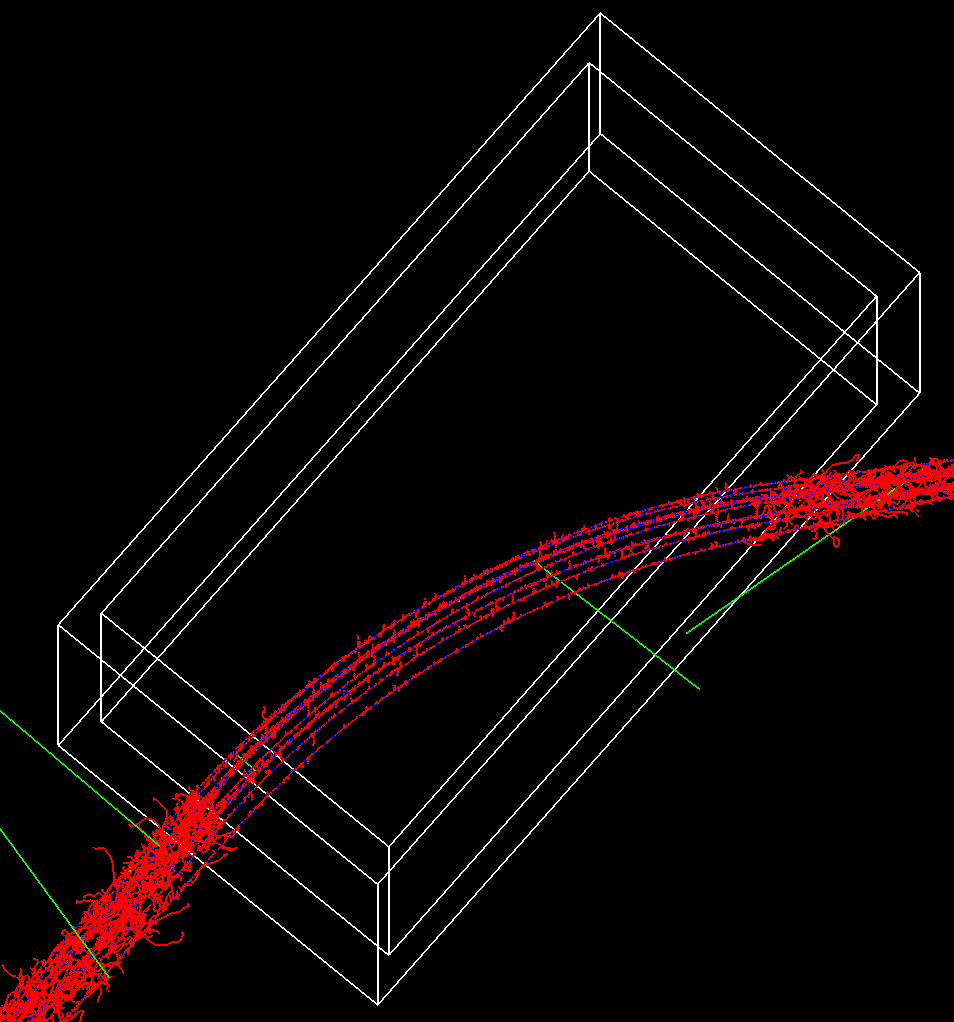
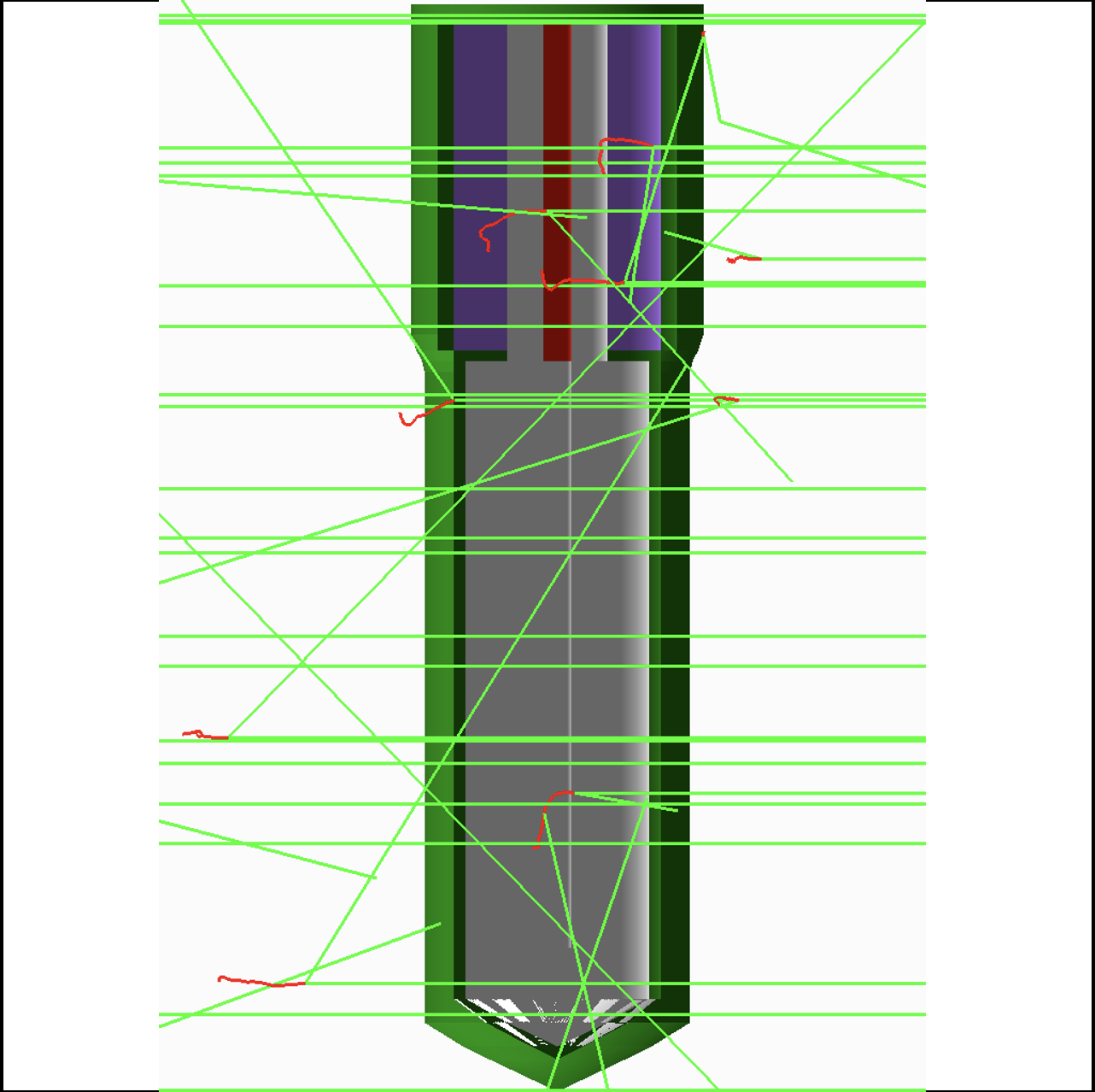
How to cite?
Please cite these two key references when using Open TOPAS:
- B Faddegon, J Ramos-Méndez, J Schümann, A McNamara, J Shin, J Perl, H Paganetti. "The TOPAS Tool for Particle Simulation, a Monte Carlo Simulation Tool for Physics, Biology and Clinical Research." Phys Med. 2020 Apr 02; 72:114-121. PMID: 32247964. PMCID: PMC7192305
- Perl, J Shin, J Schümann, B Faddegon, H Paganetti. "TOPAS: an innovative proton Monte Carlo platform for research and clinical applications." Med Phys. 2012 Nov; 39(11):6818-37.
Future of the TOPAS Collaboration
The NIH-funded TOPAS team feels a need to address a recent addition to the topasmc website on May 6, 2024. This address can be found here.